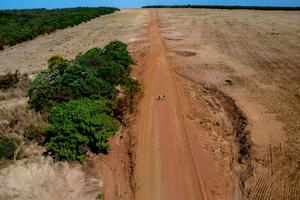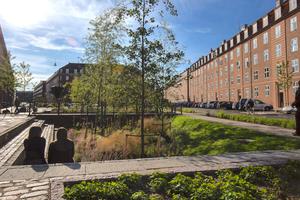New research indicates that snow cover across the U.S. Northeast is declining as a result of climate change, and that by 2100 as much as 59 percent of the region will not accumulate any snow. The study also found that the transition period from winter to spring — known as the vernal window, or more commonly, mud season — is likely to occur earlier and last longer, with major impacts on rivers and forested ecosystems.
“Historically, an average of 27 percent of the Northeast goes without snow,” Danielle Grogan, a research scientist at the University of New Hampshire and lead author of the new research, said in a statement. “But by the end of the century, states like Connecticut and Pennsylvania could be snow-free.”
The vernal window is an important process that shapes the hydrological character of watersheds across the U.S. Northeast — from the Delaware River to the Charles River watersheds — throughout the spring and into the growing season. The annual pulse of meltwater affects soil moisture and groundwater recharge, moves nutrients from land into rivers, triggers the migration and mating of fish, and plays a role in the budding of vegetation.
The new study, published in the journal Environmental Research Letters, finds this window will steadily shift earlier throughout this century, and will last two to four weeks longer by 2100. As a result, much of the Northeast could most closely resemble “the southern, snow-free region where precipitation drives winter runoff,” rather than snowmelt, the study says. This could result in reduced water storage and a higher risk of summer drought in the Northeast.
“Snow melt is a major event for rivers and forests in the Northeast,” Grogan said. “Losing the snow and the melt would change ecosystems on many levels and remove key [ecological] signals.”



